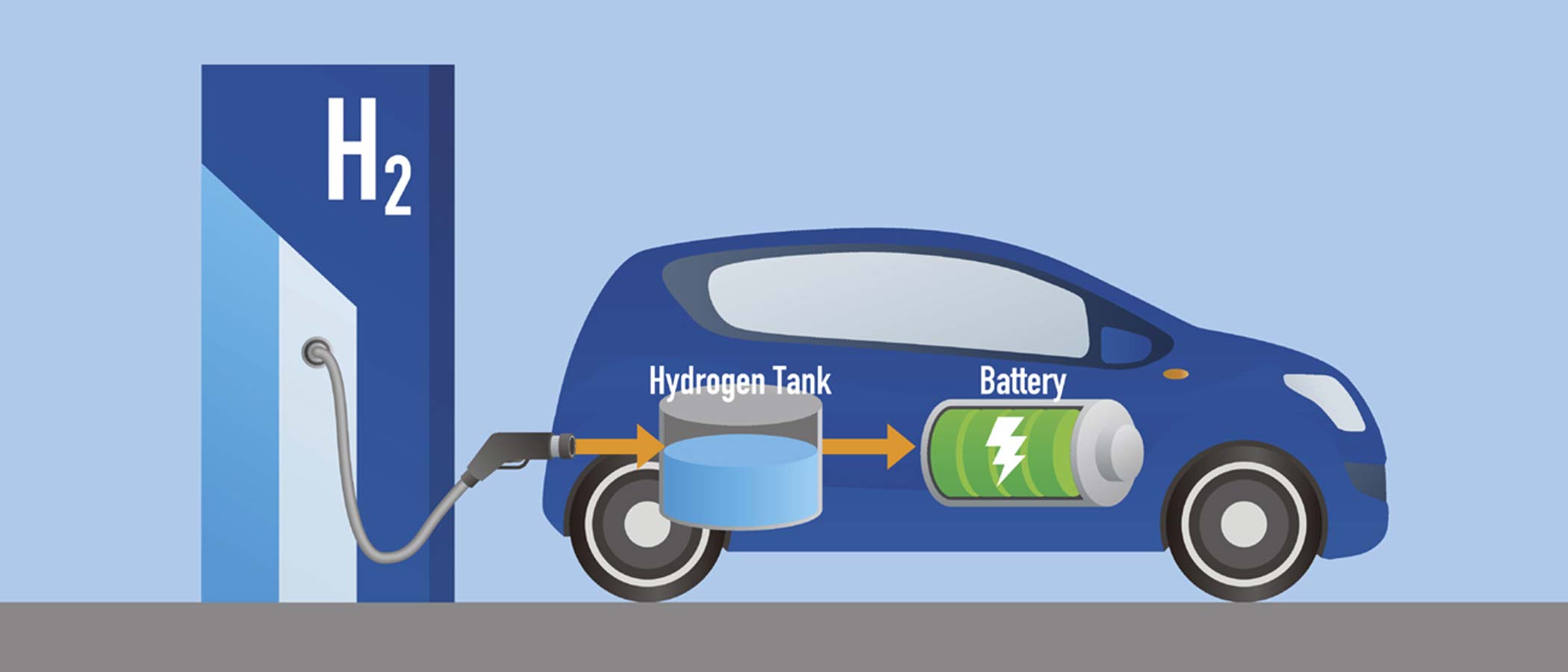Hydrogen Fuel Cell Testing
As the alternatives to fossil fuels for power generation and automotive power become more widespread and preferred, so has increased the research and testing of hydrogen gas in fuel cells. The hydrogen (H2) gas used in fuel cell has to be free of impurities in order to make the fuel cell as efficient as possible and so quality thresholds have been set in legislation. Such legislation as SAE J2719 provides hydrogen fuel quality standards for proton exchange membrane (PEM) fuel cell vehicles. If impurities above these thresholds are present in the H2 fuel then there is a risk of not only making the cell inefficient, but also unrecoverable back to its peak operating voltage as the fuel cell electrode becomes poisoned.
Method ASTM D7653-10 Determination of Trace Gaseous Contaminants in Hydrogen Fuel by Fourier Transform Infrared (FTIR) Spectroscopy is a standard that describes the use of FTIR to measure the impurities in the H2 fuel. Protea can deliver FTIR analyser specifically designed to meet the requirement of this test method. FTIR is ideally suited to measurement of the multiple gas components required in H2 fuel testing, such as ammonia, carbon monoxide, carbon dioxide, formaldehyde, formic acid, methane, ethane, ethylene, propane and water. Protea’s analysers can be designed to be deployed in the field, such as analysing hydrogen fuel at the point of user at a fuelling station and in H2storage vessels, or can be installed at the hydrogen production facilities of the bulk gas manufacturers.
Protea’s H2 fuel FTIR analysers have the correct choice of hardware components, detectors and gas cells, together with advanced chemometric analysis in order to identify and quantify the gases in the H2 stream. Protea sources H2 and calibration standards in balance N2 from the industry leaders in H2 gas production, ensuring the analysers measurements are based on traceable reference standards.
There are some gases however that FTIR cannot measure, due to them not having a di-pole moment (noble gases and diatomic molecules) or being weak absorbers (H2S). For this, Protea backs up our FTIR solution with a quadrupole mass spectrometer (QMS). The QMS gives quantification of gases such as argon and helium down to ppb levels. It can be run alongside the FTIR, sampling the same H2 stream and provides a complete measurement solution for H2 fuel cell gas testing.
| Hydrogen Fuel Cell Gas Analysis with Protea Instrumentation | |
|---|---|
| Component | Measurement Technique |
| Ammonia (NH3) | FTIR |
| Carbon Monoxide (CO) | FTIR |
| Carbon Dioxide (CO2) | FTIR |
| Formaldehyde (HCHO) | FTIR |
| Formic Acid (HCOOH) | FTIR |
| Methane (CH4) | FTIR |
| Ethane (C2H6) | FTIR |
| Ethylene (C2H4) | FTIR |
| Water (H2O) | FTIR / QMS / TDL |
| Hydrogen Sulphide (Sulfide) (H2S) | QMS |
| Argon (Ar) | QMS |
| Helium (He) | QMS |
| Nitrogen (N2) | QMS | Oxygen (O2) | QMS |
